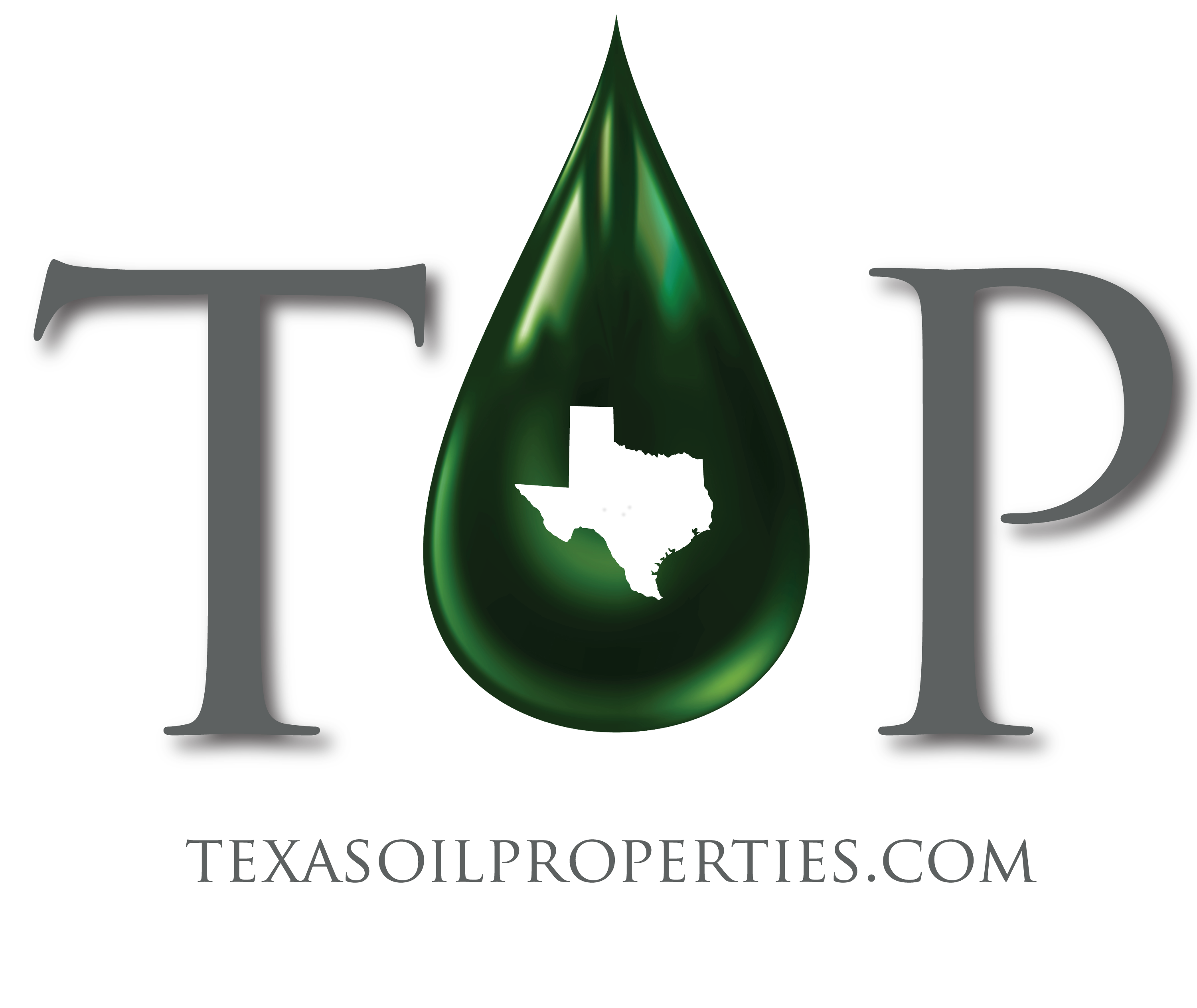La Sara Field (South Texas)$ Protected
There are distinct phases in the life of every oil and gas well that is drilled. When a well is first drilled,
pressure depletion and gravity drive deliver the oil to the surface. During this phase anywhere from 10 to
35% of the original oil in place will be recovered.
Once the well pressure drops due to the gas cap being blown down, the ability of the formation to move
a heavy column of oil and or water to the surface becomes severely diminished. At this point in time, Oil
and Gas companies are faced with the challenge of extending the life of the field. Many factors affect the
method employed to enhance the recovery of the oil left in place after the Primary Recovery phase is
over.
Water flooding and thermal techniques such as hot water and steam flooding account for 40% of the
Enhanced Oil Recovery production in the United States. Other methods include chemical and CO2
flooding. In formations that produce sufficient amounts of saltwater in addition to oil, there exists the
opportunity to re‐inject the produced formation water into injection wells, driving displaced, stranded oil
into the producing wellbores. Injected water also helps to increase depleted reservoir pressures and, the
risk of formation damage is minimal, as the water and the rock are highly compatible. When utilizing the
proper EOR strategy, companies can expect to recover up to an additional 50% of the oil left in place after
the primary recovery phase of production
You must be a Buyer to view contact details and location information. Login or Join Now to view additional information and to contact the owner.
